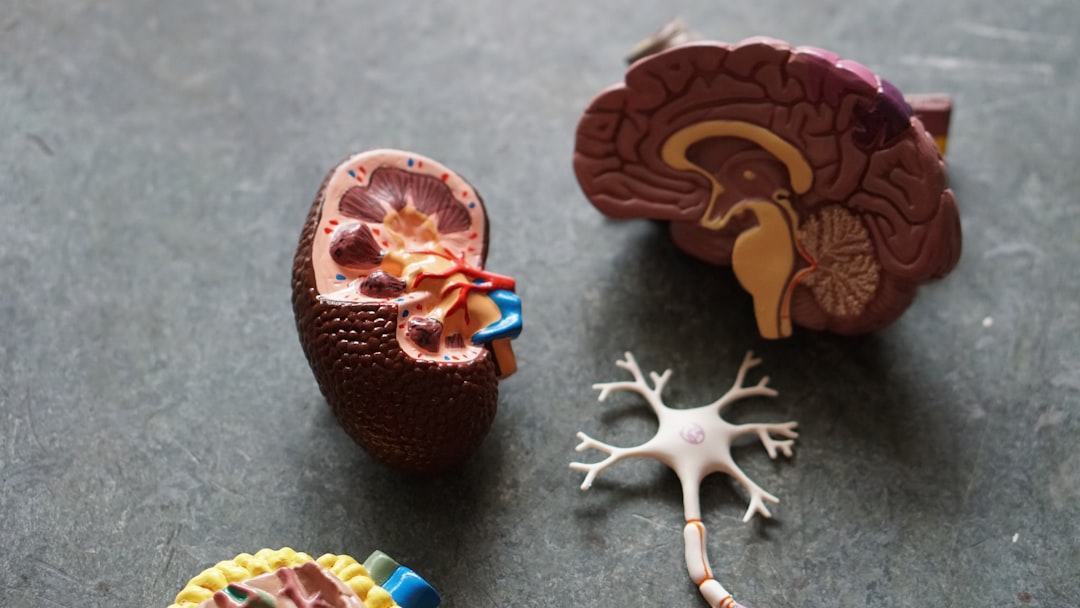What is it about?
This study aims to unravel the link between food and attention deficit hyperactivity disorder (ADHD). ADHD is diagnosed in about 5% of all children, hampering their lives at home and at school. Research has shown that in 60% of children with ADHD, the ADHD symptoms can disappear by following a strict diet, the so-called few-foods diet (FFD). How does this diet work? How can ADHD behaviour improve significantly by changing a child’s diet? What happens in gut, brain and the rest of the child’s body? The researchers intend to get to the bottom of these questions. Their study will investigate whether the FFD affects the gut bacteria (the microbiota) and metabolites or other factors in blood and urine. They will also evaluate, by means of fMRI, what happens in the brain when children follow the FFD: are there differences in brain activity between children responding and those not responding to the FFD?
Featured Image

Photo by Michał Parzuchowski on Unsplash
Why is it important?
One of the goals is to find a reliable biomarker to predict whether a child with ADHD will respond to an FFD or not. Finding a biomarker may prevent unnecessary following of this strict diet. More importantly, the findings of this study may be an important first step towards an easy-to-apply and long-term therapy for ADHD.
Perspectives
Previous studies pointed towards the impact of the few-foods diet on ADHD and the role of the microbiota-gut-brain axis in numerous neuropsychiatric disorders. Therefore, our study investigates the impact of the few-foods diet on this axis, specifically in ADHD, since the saying ‘you are what you eat’ appears to be very applicable for many children with ADHD.
Tim Stobernack
Wageningen University & Research
Read the Original
This page is a summary of: Biomarker Research in ADHD: the Impact of Nutrition (BRAIN) - study protocol of an open-label trial to investigate the mechanisms underlying the effects of a few-foods diet on ADHD symptoms in children, BMJ Open, November 2019, BMJ,
DOI: 10.1136/bmjopen-2019-029422.
You can read the full text:
Contributors
The following have contributed to this page










